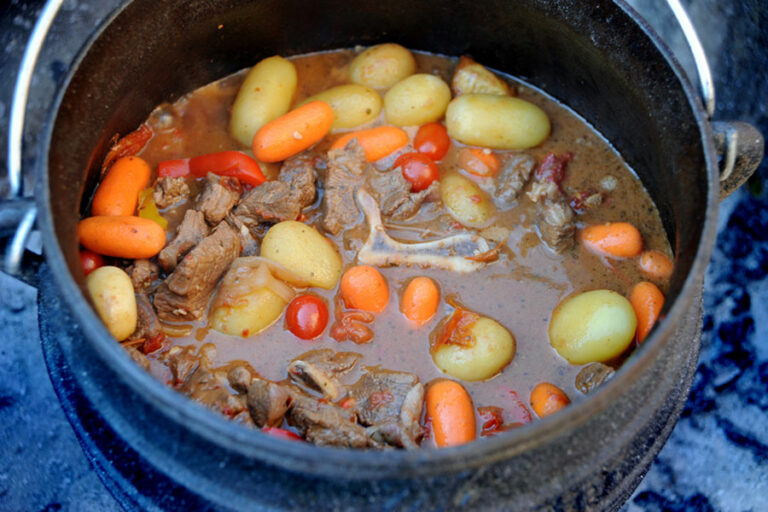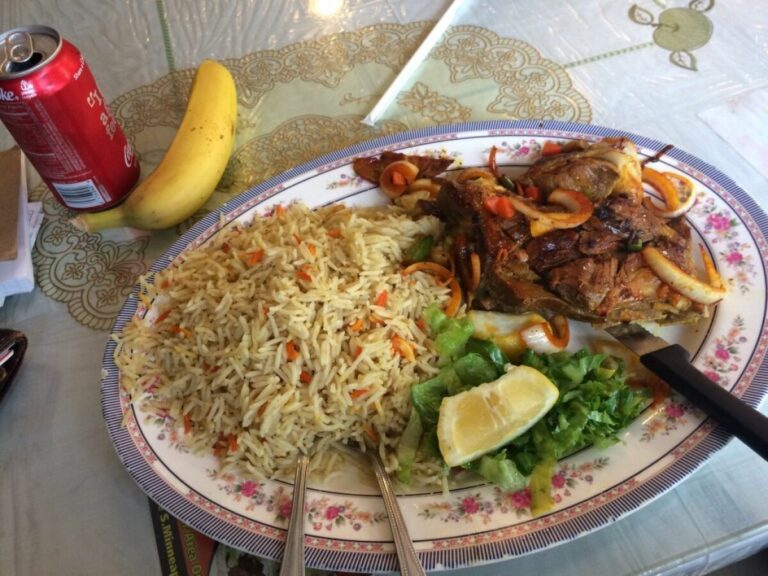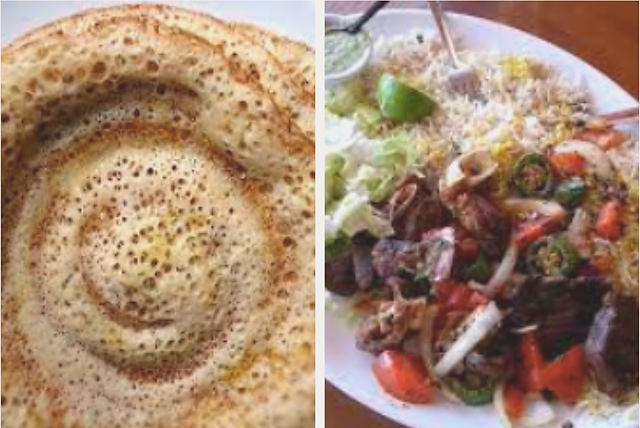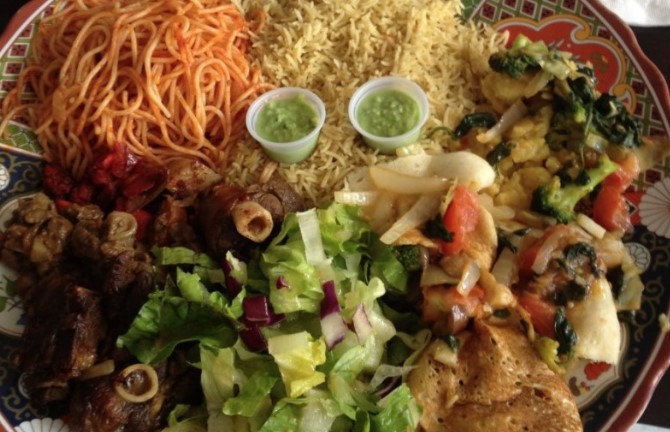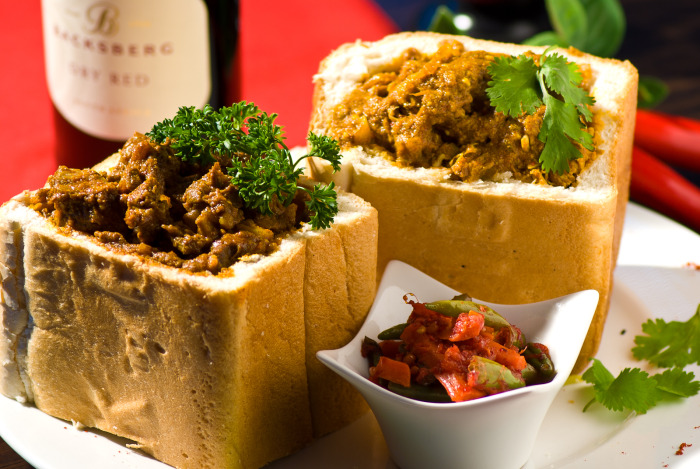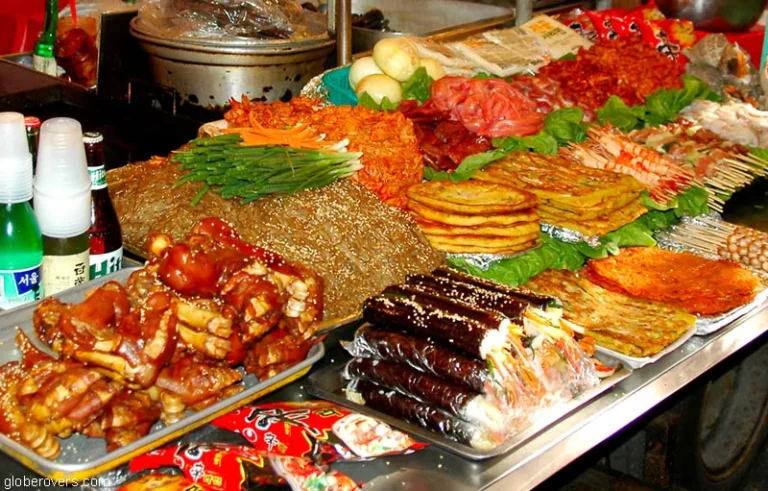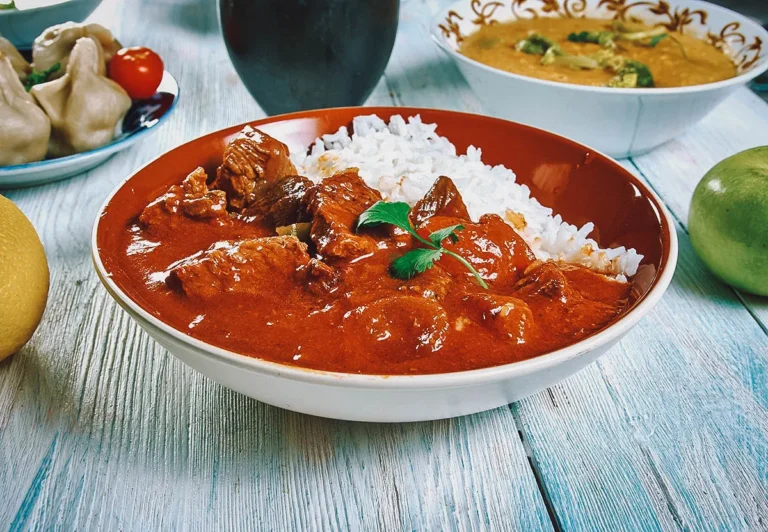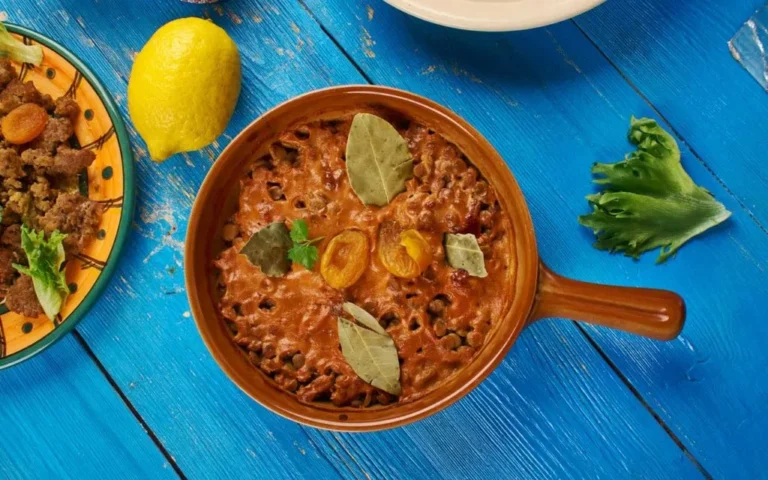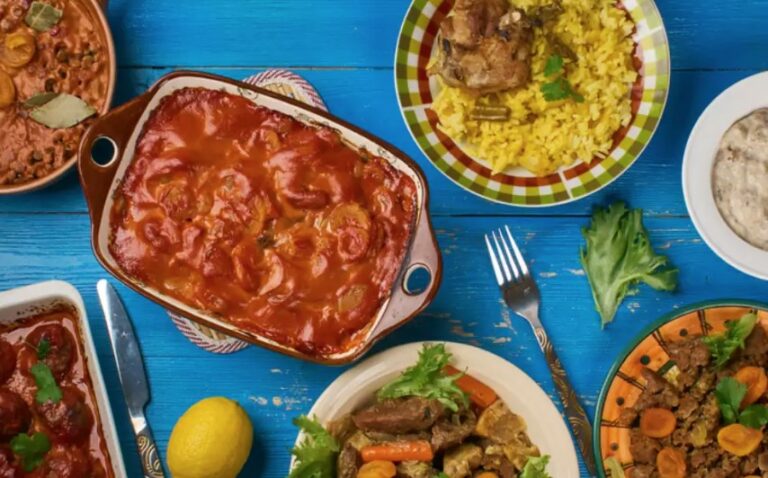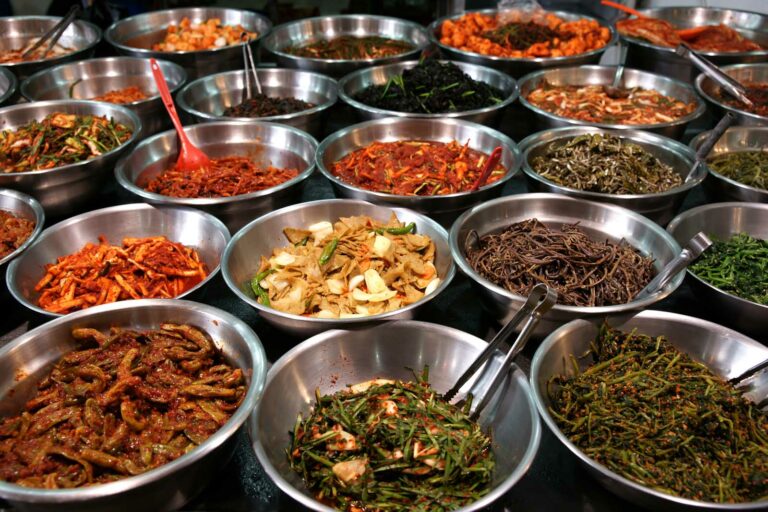Introduction: The fusion of Dutch and Indian cuisine in South Africa
South African cuisine has been influenced by a variety of cultures, including Dutch and Indian. The Dutch arrived in South Africa in the 17th century and brought with them their cuisine, which was influenced by Indonesian and Malay flavors. The Indian influence came later, when Indian indentured laborers were brought to South Africa in the 19th century. Over time, the fusion of Dutch and Indian cuisine has become a unique part of South African culinary culture.
Bobotie: A traditional South African dish with Dutch and Indian influences
Bobotie is a traditional South African dish that has Dutch and Indian influences. It is made with spiced minced meat, usually beef or lamb, mixed with onions, bread, and milk. The mixture is then baked with a topping of egg custard. The spices used in bobotie are a combination of traditional Dutch spices like nutmeg and cloves, and Indian spices like curry powder. The dish is usually served with yellow rice, chutney, and sambal.
Bunny Chow: A spicy Indian-South African dish with a Dutch twist
Bunny Chow is a popular Indian-South African street food that has a Dutch twist. It is made with a hollowed-out loaf of bread filled with a spicy curry, usually chicken or lamb. The dish is believed to have originated in Durban, South Africa, where it was made by Indian migrant workers. The Dutch influence comes in with the use of a bread bowl, which is a traditional Dutch way of serving soup. Bunny Chow is often served with a side of sambal and a refreshing drink like a mango lassi.
Boerewors: A beloved sausage with Dutch and Indian spices
Boerewors is a beloved South African sausage that has both Dutch and Indian influences. It is made with minced beef or lamb mixed with spices like coriander, cloves, and nutmeg, which are traditionally Dutch. It also incorporates Indian spices like cumin and chili powder, which give it a spicy kick. Boerewors is usually grilled and served with pap, a cornmeal porridge, and a tomato and onion relish.
Melktert: A Dutch-inspired dessert with a South African twist
Melktert is a Dutch-inspired dessert that has a South African twist. It is a creamy, custard-like pie that is made with milk, eggs, sugar, and flour. The filling is poured over a pastry crust and baked until golden brown. The South African twist comes in with the addition of cinnamon, which is a popular spice in South African cuisine. Melktert is usually served chilled and is a popular dessert in South Africa.
Conclusion: Exploring the unique flavors of South African cuisine
South African cuisine is a blend of many different cultures, including Dutch and Indian. The fusion of these two cuisines has created some truly unique dishes that are beloved in South Africa and around the world. From bobotie to boerewors, South African cuisine has something to offer everyone. So the next time you’re in South Africa, be sure to try these dishes and explore the unique flavors of this amazing cuisine.

